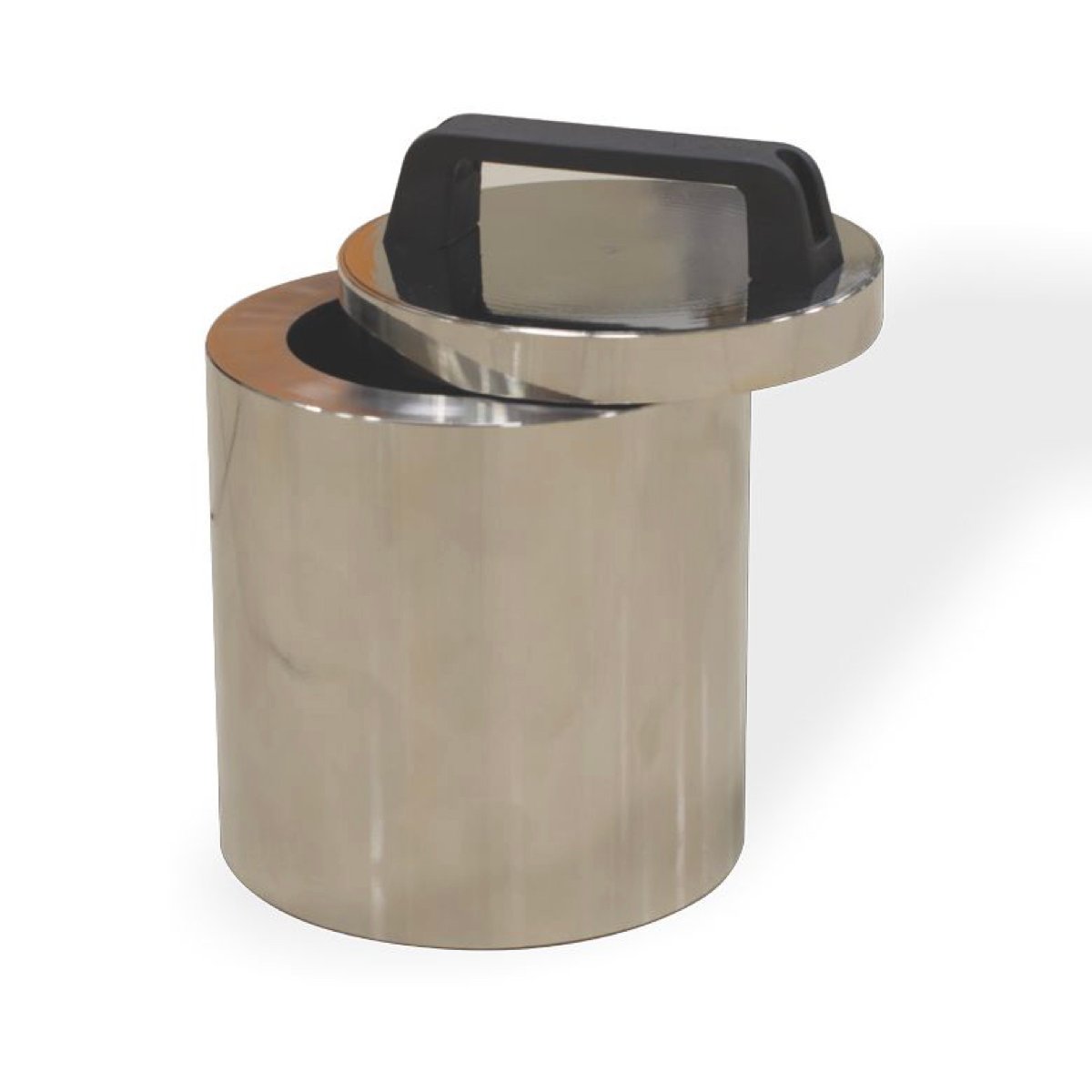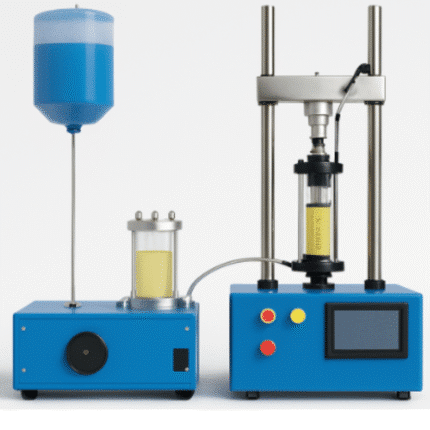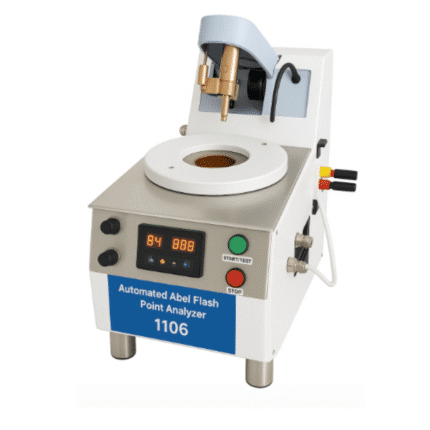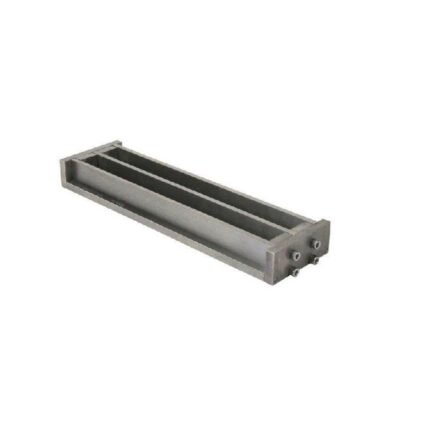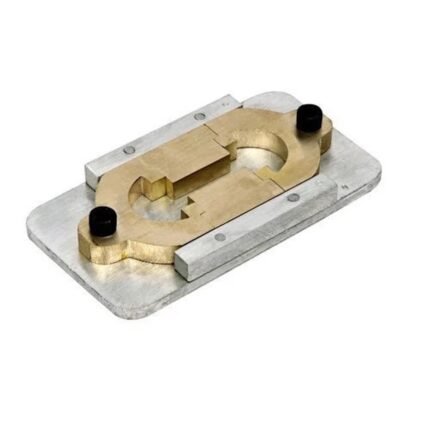AZA 0815 SLAKING VESSEL
- Measures reactivity of quicklime via slaking
- Complies with ASTM C110 and related standards
- Double-walled vessel with thermometer holder
- Ideal for cement, lime, and soil labs
- Corrosion-resistant and easy to clean
Description
Slaking Vessel is a specialized laboratory apparatus designed for conducting quicklime reactivity tests by monitoring the temperature rise during slaking. This test is essential in cement, lime, and materials laboratories for assessing the quality and behavior of calcium oxide (CaO) under hydration.
The vessel is typically constructed with corrosion-resistant materials such as stainless steel or anodized aluminum and features a double-walled or insulated chamber, allowing the accurate measurement of temperature changes without external heat interference.
The Slaking Vessel is used in procedures described in ASTM C110 – Standard Test Methods for Physical Testing of Quicklime, Hydrated Lime, and Limestone, which includes protocols for determining the temperature rise during hydration, an indicator of quicklime reactivity.
Working Principle:
The reactivity of quicklime depends on how rapidly it reacts with water — the faster and more exothermic the reaction, the higher the quality of lime. The Slaking Vessel is used to measure the temperature rise over time as a sample of quicklime is slaked with distilled water.
Test Procedure Overview:
-
A fixed amount of quicklime (usually 150 grams) is placed into the pre-calibrated slaking vessel.
-
A measured quantity of distilled water (typically 600 mL) at a controlled initial temperature is added.
-
The temperature rise is monitored using a precision thermometer or thermocouple placed through the vessel’s central port.
-
The peak temperature and the time to reach it are recorded.
This test helps identify lime that slakes too slowly (low reactivity) or too violently (risk of explosion or spattering).
Key Features and Benefits:
-
Standard-Compliant Design: Fulfills ASTM C110 reactivity test method requirements
-
Thermal Insulation: Maintains internal environment to ensure accurate measurements
-
Thermometer Port: Built-in hole for inserting precision temperature probes or sensors
-
Sturdy & Corrosion-Resistant: Withstands repeated exposure to high temperatures and caustic lime
-
Easy to Handle & Clean: Smooth finish prevents sticking of hydrated lime residue
-
Suitable for Research & Industry: Widely used in quality control of lime used in cement, chemical, and environmental applications
Specifications:
| Parameter | Specification |
|---|---|
| Vessel Material | Stainless Steel / Anodized Aluminum |
| Volume Capacity | ~1.5–2 liters |
| Wall Design | Single or Double-Walled (insulated) |
| Thermometer Port | Yes (centered with secure seal) |
| Compatibility Standards | ASTM C110 |
| Sample Size | 150 g (typical) |
| Water Volume | 600 mL (typical) |
| Applications | Cement labs, lime testing, soil reactivity |
Frequently Asked Questions (FAQ):
Q1: What is a Slaking Vessel used for?
It is used for testing the reactivity of quicklime by observing the temperature increase when it reacts with water.
Q2: Which standard does this test follow?
It follows ASTM C110, which specifies the procedures for physical testing of quicklime and hydrated lime.
Q3: How much quicklime is used for testing?
The standard test typically uses 150 grams of quicklime with 600 mL of distilled water.
Q4: Can the vessel be used with a data logger or thermocouple?
Yes. The vessel includes a thermometer or thermocouple port for accurate real-time temperature measurement.
Q5: What materials is the vessel made from?
Most Slaking Vessels are made from corrosion-resistant stainless steel or anodized aluminum for durability and chemical resistance.
Additional information
| Vessel Material |
Stainless Steel / Anodized Aluminum |
|---|---|
| Volume Capacity |
~1.5–2 liters |
| Wall Design |
Single or Double-Walled (insulated) |
| Thermometer Port |
Yes (centered with secure seal) |
You may also like…
Advanced Triaxial Test System (UU–CU–CD Capable) (AZA 1296)
- UU–CU–CD test modes for complete soil strength profiling
- Automated control of pressure, load, and drainage
- Compatible with clay, silt, sand, and mixed soils
- Integrated data acquisition and real-time graphing
- Meets ASTM D2850, D4767, BS1377, AASHTO standards
- Ideal for geotechnical, research, and academic use
Air Bag Trainer (Model AZA1246)
Alternator Trainer (Model AZA1247)
Arc Welding Machine (AZA 1234)
AutoDist‑86 Glass Distillation (AZA 1282)
AutoFlash – Automated Abel Flash Point Analyzer( AZA 1277)
AZA Lab's AutoFlash-1277 is a fully automated, microcontroller-based Abel Flash Point Analyzer designed to accurately determine the flash points of combustible liquids. Conforming to IP 170, ISO 13736, and IS 1448 (P:20) standards, it ensures precise and safe analysis of samples in the temperature range of -30°C to 70°C, extendable up to 110°C.
Equipped with a built-in PC and touchscreen display, the AutoFlash-170 delivers intuitive operation, automated calibration, advanced ignition options, and rapid heating procedures for high-efficiency testing. Ideal for laboratories, petrochemical industries, and quality control applications, this standalone unit streamlines the testing process with enhanced accuracy, safety interlocks, and programmable procedures.
Related products
AZA 0793 FLOW TABLE
AZA 0795 LE CHATELIER MOULD
AZA 0797 SHRINKAGE BAR MOULD
AZA 0803 TENSILE STRENGTH TESTER (ELECTRICALLY OPERATED)
- Electrically operated tensile testing machine
- Tests cement briquette strength up to 1000 kg
- Conforms to IS 4031 (Part 6), ASTM C190
- Sturdy construction with powder-coated finish
- Optional digital load readout version available
- Includes standard specimen holders and accessories
AZA 0804 BRIQUETTE MOULD (SINGLE)
AZA 0809 MORTOR MIXER
AZA 0812 GAUGING TROWEL
AZA 0813 PLUNGER PENETRATION APPARATUS
- Measures consistency of cement mortar mixtures
- Complies with IS 4031 (Part 6) and ASTM standards
- Durable plunger with easy depth measurement scale
- Ensures reliable and repeatable results
- Compact and corrosion-resistant lab design
- Ideal for labs, cement plants, and research facilities

 Rock
Rock Aggregate
Aggregate Cement
Cement Concrete
Concrete Soil
Soil Steel
Steel Bitumen/Asphalt
Bitumen/Asphalt Security Survey Equipment
Security Survey Equipment General Items
General Items